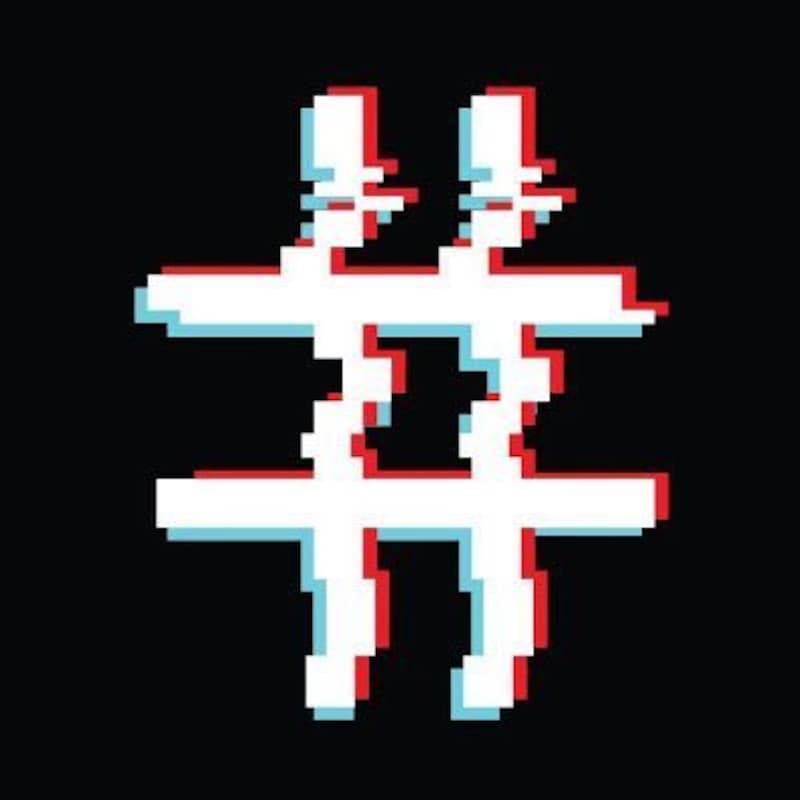Shownotes
Show Notes.
Just as NFT technology has disrupted the way art is commercialised, so too is it disrupting the way art is curated. Joining us today to break down the role of curatorial DAOs is Lucas Pontes. Lucas is part of Fingerprints DAO and RAW DAO, in this episode, he fills us in on the greatest issues NFT collector DAOs face, as well as the solutions they aim to solve. We discover the parallels between the traditional art world and the NFT art world, in terms of legislation and curation, as well as the novel, decentralised curatorial system of RAW DAO and its subsequent challenges. Lucas predicts the evolution of the DAO as a format, before delving into NFT photography and what it means for the traditional photography space. Tune in to find out more about all things DAO, and how curation competence is ensured in the ever-evolving world of NFTs!
Key Points From This Episode:
- How Lucas Pontes got into NFTs and how he got involved with Fingerprints DAO.
- Lucas explains Fingerprints DAO and his role in the DAO.
- The biggest issue with NFT collector DAOs: the unclear business model.
- Fingerprints DAO’s current business model and brand attributes.
- The solution Fingerprints is selling to NFT collectors.
- The balance between the DAO as a format and the art itself in terms of creating, retaining, and returning value.
- The novel and decentralised curatorial system of RAW DAO.
- The meticulous art-centred curatorial process of Fingerprints.
- How DAO members make decisions about acquisitions.
- The similarities between gallery and DAO acquisition processes.
- The parallels between the traditional art world and the NFT art world.
- The challenges of the decentralised curation model and ensuring curation competence.
- Fingerprints DAO’s plans to stray from solely Ethereum acquisitions to include real-world acquisitions.
- The impact of the NFT market on photography.
- The criteria by which RAW DAO deems a piece of NFT photography valuable.
- Lucas’ prediction of the evolution of the DAO as a format.
- How NFT technology disrupted the way art is commercialised.
- The differences between photography NFTs and traditional photography.
- Lucas’s favourite artists.
Tweetables:
“Perhaps the biggest issue with collector DAOs is there isn’t a very clear business model.” — @lucasponn
“The main purpose of [Fingerprints DAO] is fostering the best collection that we can.” — @lucasponn
“In RAW DAO there is a more decentralised curatorial system in place, which is quite interesting.” — @lucasponn
“As much as people rely on experts, you can’t just say anything is art.” — @lucasponn
“There are a lot of parallels that can be drawn between the traditional art world and the NFT art world. At the end of the day, it’s still a bunch of people in art and you’ve still got the same problem of figuring out what is valuable and what isn’t.” — @lucasponn
“If the curatorial process is entirely open, you’ve got to make sure that there isn’t a way for people to go into it and sway it to their will.” — @lucasponn
“There is a big conflict between what is popular and what is good, and divergence within that. That is not going away with the technology.” — @lucasponn
Links Mentioned in Today’s Episode:
Lucas Pontes on Twitter
Fingerprints DAO on Twitter
RAW DAO on Twitter
Floor Is Rising





